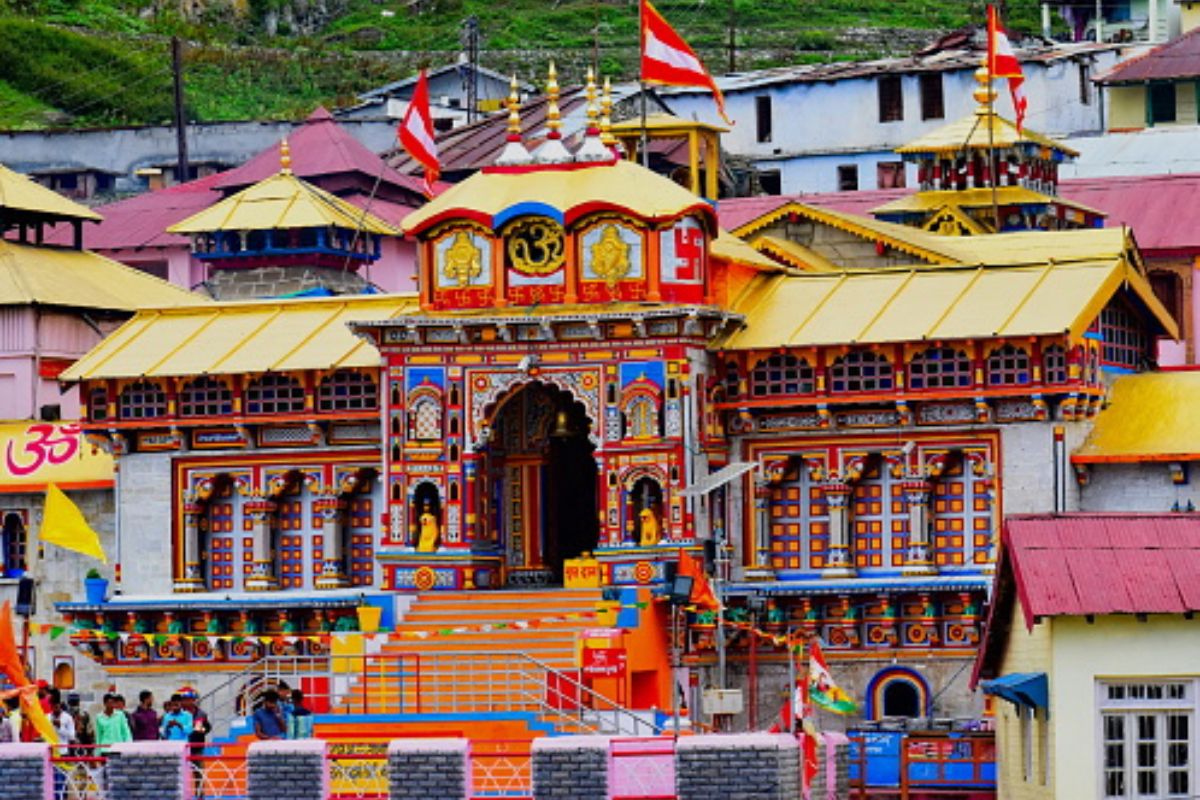Badrinath, a revered Hindu pilgrimage site, stands proudly amidst the breathtaking Uttarakhand Himalayas. Every year, millions of devotees visit this sacred temple to seek blessings and experience spiritual tranquility. However, if you’re looking for a serene, less crowded pilgrimage, timing your visit to Badrinath is crucial. The region’s unpredictable weather conditions significantly influence the number of visitors throughout the year. In this blog, we will guide you on the best times to visit Badrinath Dham when the crowds are fewer, ensuring a peaceful experience.
Understanding Badrinath’s Climate
Badrinath’s unique climate plays a major role in determining when the best time to visit is. Situated at an altitude of 3,100 meters (10,170 feet), the town experiences cold weather year-round. The climate can be divided into three main seasons:
Summer (May to June)
Daytime temperatures range from 10°C to 18°C (50°F to 64°F). Snow from the previous winter melts, making the temple and surrounding areas more accessible. This is the most pleasant time to visit but can be crowded due to the Char Dham Yatra pilgrimage season.
Monsoon (July to September)
Heavy rainfall, frequent landslides, and cloudy skies dominate the monsoon months. Travel during this time is risky due to road closures and slippery conditions, so it’s best to avoid visiting during this period.
Winter (October to April)
Temperatures fall below freezing, often reaching -10°C (14°F) or lower, with heavy snowfall and extreme cold making the temple inaccessible. During these months, the temple remains closed.
The Best Time to Visit Badrinath Temple
May to June (Spring/Early Summer)
The months of May and June are ideal for visiting Badrinath Dham. The weather is mild, with temperatures ranging from 10°C to 18°C (50°F to 64°F), making it comfortable for pilgrims and tourists. The temple is easily accessible as the snow from the previous winter has melted. The scenic beauty of the region is in full bloom, with vibrant flowers and lush greenery adding to the spiritual ambiance.
However, since this is the peak pilgrimage season, the temple can get crowded, especially during weekends. To avoid the large crowds, it’s best to plan your trip in advance and secure your accommodation and transportation early.
Late June to Early July (Pre-Monsoon)
For those seeking a peaceful visit with fewer crowds, late June to early July is a great time to visit Badrinath. The weather remains pleasant, and although occasional rains may occur, the temple remains open, offering a tranquil experience. The lush landscape, combined with fewer tourists, creates an ideal setting for a peaceful darshan and time to reflect.
Be sure to carry a raincoat or umbrella and keep an eye on the weather forecast to avoid any disruptions during this transitional period.
October to November (Autumn)
If you prefer clear skies and minimal crowds, consider visiting Badrinath during the autumn months of October and November. With the monsoon over, the air is crisp, and the surrounding mountains are often bathed in the golden glow of autumn foliage. Daytime temperatures range from 5°C to 15°C (41°F to 59°F), while the nights can be chilly, so pack warm clothing.
Autumn is considered a shoulder season, and you’ll find fewer visitors than in the summer months. However, as accommodation options may be limited, booking in advance is highly recommended.
December to April (Winter – Temple Closed)
Winter (from December to April) is not suitable for visiting Badrinath due to harsh weather conditions. Temperatures drop below freezing, and heavy snowfall makes the region virtually inaccessible. The temple remains closed during these months, and the roads leading to Badrinath are often blocked due to snow and landslides. Therefore, it is best to avoid planning your trip during the winter season.
Conclusion
The best time to visit Badrinath largely depends on your preference for weather and crowd levels. The months of May and June offer pleasant weather and a festive atmosphere but can be crowded. For those seeking solitude, late June to early July or October to November offer fewer crowds and cooler temperatures, making these the ideal times for a peaceful pilgrimage. Regardless of when you visit, the spiritual experience at Badrinath is nothing short of magical, and it’s important to plan ahead for travel and accommodation.
Ready to visit Badrinath Dham? Make your pilgrimage stress-free and comfortable with Chauhan Taxi Services. Our expert drivers and well-maintained vehicles ensure you have a smooth journey to Badrinath and other Char Dham sites. Book your taxi today for a hassle-free travel experience!







